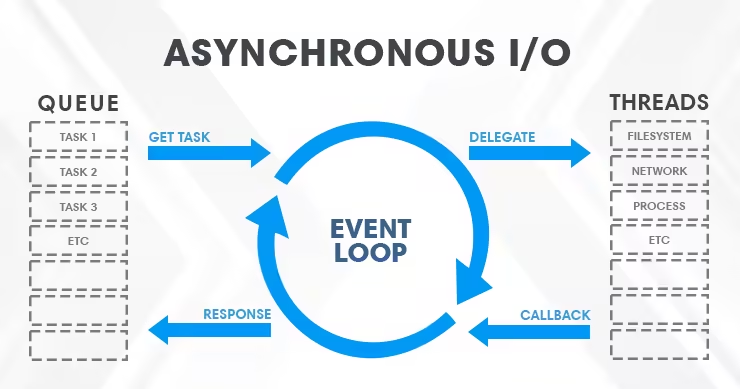A Detailed Overview of Gunicorn: Python WSGI HTTP Server
Gunicorn, short for “Green Unicorn,” is a Python WSGI (Web Server Gateway Interface) HTTP server for UNIX. It is a widely used and well-regarded production server that allows developers to run Python web applications. Its lightweight nature, ease of configuration, and performance make it the go-to server for many Python web applications, especially those built … Read more





